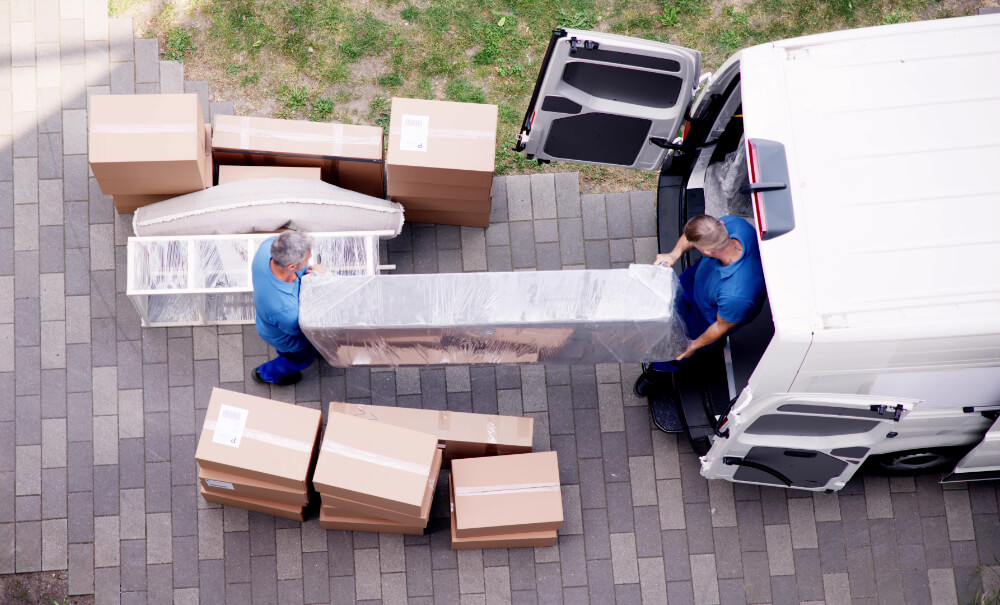Procrastination is one of those words that makes us cringe a little. Defined as 'the act of postponing tasks despite knowing that doing so may result in negative consequences,' it’s something we’ve all experienced.
Whether we’ve felt the weight of a looming deadline, avoided cleaning out the garage, or even hit snooze just one more time before our morning run, procrastination can affect any area of our lives.

Procrastination is not a sign of being irresponsible or lazy. It’s often wrapped up in fear of failure, lack of motivation, overwhelm, and distractions. It can be a sign of anxiety and burnout and can affect people with ADHD and depression.
In reality, procrastination is a much more complex beast, one that’s often caused by caring a whole lot and wanting to do well.
Procrastinators often get caught in a cycle of perfectionism, anxiety, distraction, and failure. Because they care a great deal about doing well, they hold themselves to an impossibly high standard.
Dr. Devon Price
AUTHOR OF LAZINESS DOES NOT EXIST
I Procrastinate Sometimes…
And recently, it got in the way of my team being able to do their work. I had a meeting with a team member to set up a community for one of our programs. We had a list of 10 items to get through, and #3 was the thing I’d been procrastinating about. So we started with #10, 9, 8, 7, then 1, 2, and you’d think #3 would be next, but I just kept dancing around it.
Finally, at the end of our 2 ½ hour meeting, the only thing we hadn’t tackled was #3. Our time however was up. As we closed the meeting, my colleague shared that without #3 complete, no one would be able to access the community.
Uh oh! Now I really needed to do it.
At this point, I’d put it off long enough that I’d begun to feel bad about procrastinating, and I avoided those feelings of guilt and frustration by distracting myself with other things, and there was no shortage of distractions because I was also in the middle of moving.

The site was set up, it had well-thought-out sections, our first workbook was done and dusted, another was in final review, and three more were in process. We had the sales page and the checkout pages, everything except #3.
My procrastination had become a problem, and my community couldn’t go live because I hadn’t done this work. We even had someone who wanted to become a community member and needed access - my procrastination was now affecting a client, my marketing director, and causing me angst - it was time to get it done.
The question I finally asked was…
Why Am I Avoiding This?
And the answer was layered, as it is for so many of us.
The task was large and included navigating new software, writing multiple pieces of content, and choosing the right graphics to reflect both the topics and the overall feel of the program. While none of these tasks were new to me, it felt like a lot of things to tackle.
My support system had changed too. My right-hand person had rolled off the business four months earlier (which was the right option given her other commitments) however, I’d gotten in the habit of asking her opinion, then she’d get the ball rolling, I’d react, and we’d be off to the races.

When I dug deeper, I could see that I was grappling with big questions. What did I want this new space to be? How did I want it to feel? What culture did I want to create?
What I was creating was going to live forever - at least, that’s what it felt like. I wanted to get it right, and all the extra pressure I’d created (internally with my stories and externally not being able to launch) left me wishing that someone else would just swoop in and do it.
Instead, I Took The First Step…
First, I needed to create time in my calendar to have a working meeting with my graphics person and marketing communications coach (a wonderful wordsmith who had been so helpful when I was trying to define my LinkedIn presence).
Once everything was locked into my calendar, I felt better - I’d taken the first step.

The next thing I had to do was watch a video tutorial so I could successfully navigate this new software. I don’t learn well from videos, so I’d been avoiding it. I asked my husband to take over the morning routine so I could get up early and watch the video.
And you know what? It wasn’t that hard!
By committing to taking the first step and enlisting the help I needed, I was ready for the meetings and confident that I would be able to have everything completed by the end of the day.Here Are A Few More Strategies To Beat Procrastination Paralysis
What helped me move out of procrastination was uncovering the stories I’d been telling myself, taking the first step, and asking for help. Here are some other strategies that you might find helpful.
Get A Body Double
A body double isn’t just for the movies. In this case, it refers to someone who physically sits or works alongside a person to provide a sense of support. It can be anyone (maybe check with your personal advisory board for recommendations) who is willing to help with accountability, create structure and routine with scheduled coworking sessions, model what it looks like to stay on task, help you redirect your focus if it drifts, and reduce anxiety by helping you feel like you’re not alone.

My friend has a teenager who was juggling all sorts of commitments at the end of the school year. My friend shared with her daughter that there was an opportunity to apply for an internship at the State House. Her daughter was so excited about the opportunity and just needed to write an essay to complete the application. But she put it off and put it off, and when the time she’d set aside to write the essay would arrive, she’d make other choices.
Finally, one night my friend sat down on her daughter’s bed while her daughter sat down at the computer. She supported her verbally two or three times, but that was it - the words came, and the application was submitted. Using a body double helped her overcome her procrastination.
Create Clear Goals
Sometimes we struggle to get started because we aren’t sure or can't decide where we’re going. Finding purpose and direction can fuel our motivation. Creating goals that are specific and achievable is also essential. Big tasks feel less overwhelming if we can break them into smaller steps or smaller goals then we can feel the momentum when we start to reach each one.

Time Management Technique
You can try time blocking where you schedule out every part of your day. Or the 2-min rule that says if you can do something in 2 min or less, you do it NOW. Or the Pomodoro technique that suggests you work for 25 min and take a 5-min break. It also helps to establish a daily or weekly schedule that includes dedicated time for important tasks. Experiment with different time management techniques and find the one that works best for you.
Acknowledge Perfectionism And Fear Of Failure
With some honest self-reflection, you can identify patterns to notice where procrastination shows up for you and the stories you’re telling yourself that are keeping you stuck.
For example, if you notice that you’re setting unrealistically high expectations, then it makes sense you’ve been avoiding the task because you don’t want to fall short. Procrastination might be a way to protect yourself from not meeting expectations or failing. Remember that mistakes and setbacks are part of the process and contribute to your personal growth.
Suppose fear and anxiety are what’s getting in the way, you might want to try an exercise from Eat, Pray, Love author Elizabeth Gilbert. Grab a pen and paper and set your timer for 10 min. Allow your fear to write you a letter explaining what it’s really afraid of. Then set your time for another 10 min and write a letter back to your fear. It’s important not to shame your fear or get angry. Thank it for trying to keep you safe. Meet it with compassion and firmly but lovingly remind it that you’re in charge and you’ve got this. Provide the reassurance it needs and your fear might just shrink enough for you to get back to work.

Minimize Distractions
It’s easy to get distracted when there are lots of things to draw your attention away from the task at hand. Silence your phone. Create a clean workspace. Listen to music, white noise, binaural beats, coffee shop background noise, or, if you prefer silence, don some noise-canceling headphones. I’m a silence girl myself!
Make sure you’ve got plenty to drink and some snacks within arm’s reach so you don’t have to get up to satisfy those mid-afternoon munchies.
Verbal Processing
Sometimes, if we’re avoiding a problem or a decision, we just need the opportunity to talk it out (aka verbally process). One of my closest friends kept putting off a decision. She talked to me about having to make a decision several times until, finally, she asked if she could stop by and talk it through with me.
I honestly did nothing but listen, and at the end of 20 min, this decision that she had put off and put off had been talked through and decided. All she needed was an opportunity to verbally process and say aloud all the things that had been simmering in the back of her mind.

We can all struggle with procrastination, but I love reframing it as a sign that this is something I care about doing well and giving myself the permission to take small steps and embrace imperfection.
I still struggle sometimes with procrastination, but one of the best things about coaching is that it will meet you where you are with whatever you might be struggling with and help you figure out a path forward so you can do the work, achieve your goals, and find the strategies and tools that work for you.
If you need a coach by your side who supports you in gathering data on yourself, and provides the space to consider your impact, explore new possibilities, and try on new behaviors, let's chat.


